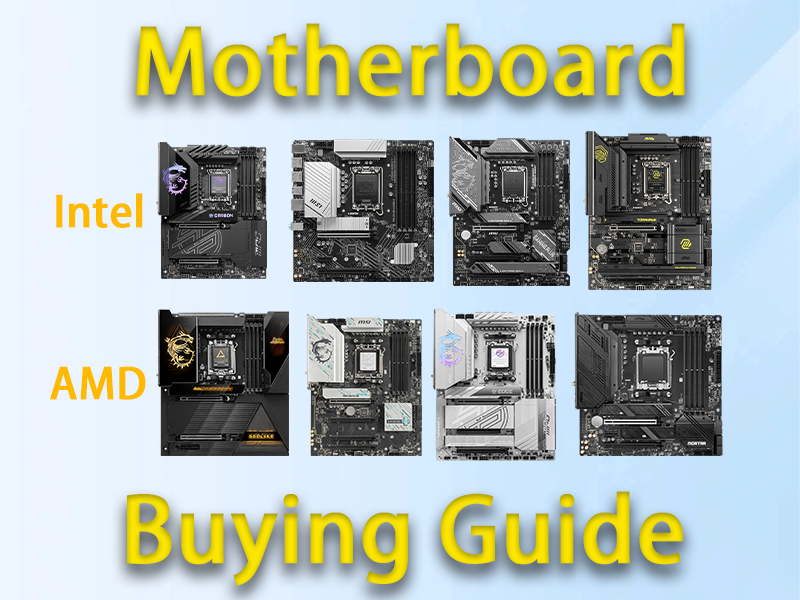Think of a motherboard like the spinal cord in living creatures that connects everything together. For PCs, motherboards do exactly that job by linking up all the different parts inside. Without them, nothing really works properly. When looking at computer hardware, motherboards stand out because they expand what a system can do while making things run smoother overall. This piece aims to cover those fundamental questions people often have about PC motherboards. We'll look at why they matter so much, explore the different kinds available today, and offer tips for picking the right board for specific needs. Whether building from scratch or upgrading an old rig, understanding motherboards makes all the difference.
What is a Motherboard?
People often call computer motherboards Main Circuit Boards since these boards hold the CPU and RAM chips right there on them. But those components alone won't do much without all sorts of supporting hardware working alongside them too. For anyone looking to build or upgrade a PC, understanding how everything fits together physically as well as what each part actually does makes all the difference when putting one together from scratch.
Types of Motherboards
The market offers several motherboard form factors including standard ATX, smaller Micro ATX, and the tiny Mini ITX boards, though this list barely scratches the surface of what's available. Each type comes with its own set of features designed for specific needs, so they really do differ from one another in meaningful ways. Gamers tend to gravitate toward ATX motherboards because they offer plenty of expansion slots and ports for all those fancy graphics cards and extra storage drives. On the flip side, Mini ITX boards work wonders when space matters most, making them ideal for building small form factor PCs that still pack a punch without taking up valuable desk real estate.
Key Features To Consider
Considered under this category are features like configuration such as number of RAM slots present, PCIe slots featuring graphics cards or USB ports alongside Ethernet capaibilities. Selection ensures enhanced performance alongside future proofing your build making it more economical تÙÙÙØ© at any point in time.
The Importance of Chipsets
Understanding the differences between chipsets can greatly assist you in building or upgrading a personal computer. Each motherboard has its unique functionalities and features that are reliant on a chipset. A chipset serves as the key communication hub or network center for the CPU, peripherals, and memory.
Future Trends in Motherboard Technology
Tech fans and industry pros need to stay current on what's happening with motherboard tech. We're seeing things like PCIe 5.0 interfaces, DDR5 memory slots, and better heat management systems gradually becoming the norm instead of just nice-to-have extras. What makes these upgrades worthwhile isn't just faster specs paper numbers but actual improvements in system stability and performance under load. Manufacturers continue pushing boundaries with each new generation, introducing standards that address real world problems faced by gamers, content creators, and businesses alike who rely heavily on their hardware setups day after day.
Motherboards play a vital role in any computer system since they directly impact performance capabilities, component compatibility, and options for future upgrades that make smart investments worthwhile. When someone wants to build or upgrade a desktop computer, knowing what kind of motherboard works best helps ensure the system will meet current needs while staying relevant as technology advances. Choosing the right motherboard allows users to maintain competitive productivity levels even as new hardware and software solutions continue to emerge across various industries.




